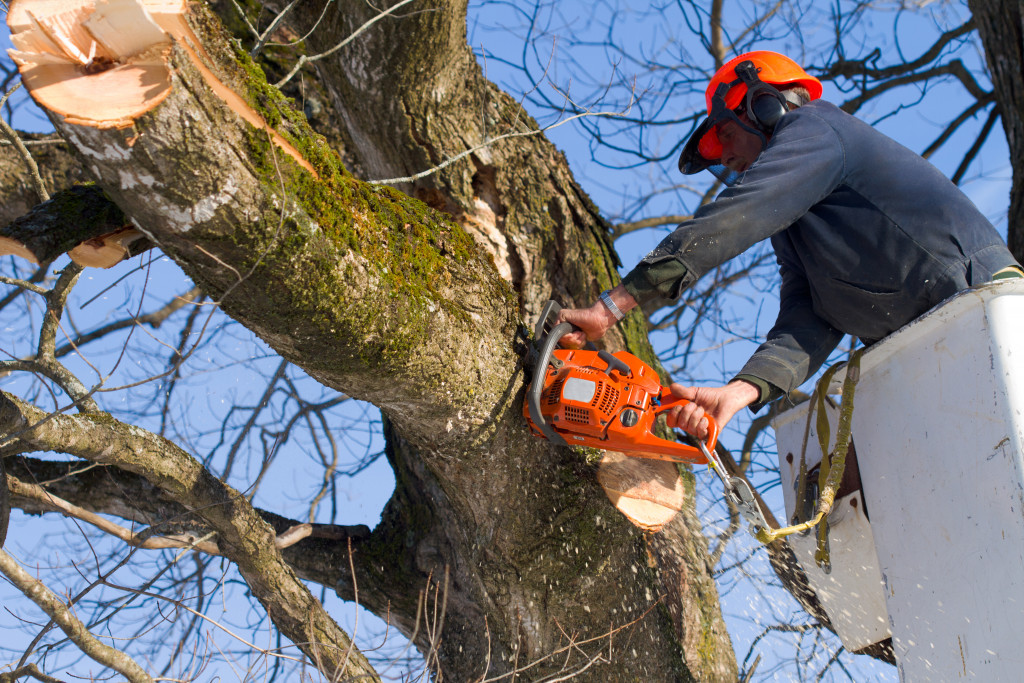Trees are an essential part of the environment because they supply the oxygen people breathe, they help to regulate the temperature, they provide homes for wildlife, and they can be aesthetically pleasing. But trees need to be adequately cared for to remain healthy and thrive. That’s where arborists come in!
Some people may think that trees just sprout up and take care of themselves since the forests are full of them, but that’s not always the case. Like any plant, trees need proper care and attention to stay healthy and grow. And arborists are the professionals who are trained to provide that care.
If you want to become an entrepreneur in the arboriculture industry, here’s what you need to know.
What is Arboriculture, and What Do Arborists Do?
In a nutshell, arboriculture is the study of trees, vines, and shrubs. Arborists are professionals who specialize in the care and maintenance of these woody plants. This can include everything from planting and pruning to tree removal and stump grinding. If it has to do with trees, an arborist is likely involved.
Arboriculture is a relatively underrated field, but it’s growing rapidly as more people become aware of the importance of trees. Especially now that deforestation and climate change are such pressing issues, arborists play a vital role in preserving and protecting the environment.
How to Become an Arborist
Before starting a business in the arboriculture industry, you need to get a degree in arboriculture or a related field such as forestry or horticulture. You could also enroll in a more specialized program if you’re interested in a particular aspect of arboriculture, such as stump removal or tree surgery. In this case, you could take tree surgeon courses to fully qualify for this line of work.
Once you have your degree, you can apply to get certified by the International Society of Arboriculture (ISA). This is a voluntary process, but having a certification will help you stand out from the competition and show potential clients that you know what you’re talking about.
To become certified, you’ll need to pass an exam that covers topics such as tree biology, tree identification, and arboriculture best practices. After you pass the exam, you’ll be able to use the ISA Certified Arborist designation after your name. This is a great way to show potential clients you have the skills and knowledge necessary to be a successful arborist.
After all, this is a career that requires a lot of responsibility. As an arborist, you’ll be responsible for the health and well-being of trees. So, if you want your business to succeed, you need to be able to show that you’re knowledgeable and capable of providing the best care possible.
What Skills You Need to Succeed in this Field
To be successful in this field, you’ll need to have a strong knowledge of trees and how they grow. You should also be comfortable working with your hands, as much of the work will involve physical labor. Additionally, it’s crucial to be able to think critically and problem-solve, as you’ll often be faced with challenges that require quick thinking and creative solutions.
Working well in a team is also beneficial, as you’ll often work with other arborists on large projects. Finally, good communication skills are essential, as you’ll need to be able to give clear instructions to those you’re working with and explain your ideas to clients. If you have these skills and are passionate about trees, a career in arboriculture may be the perfect fit for you!
The Challenges of this Career Path
While a career in arboriculture can be gratifying, it’s essential to be aware of the challenges that you may face. Here are some of the most common challenges that arborists face:
Challenge #1 Dangerous Working Conditions
One of the biggest challenges is the physical nature of the work, which can be tough on your body. Additionally, working with dangerous equipment and being in potentially hazardous situations are other risks that you’ll need to be aware of. It’s important to take precautions and follow safety protocols to minimize the risks, but accidents can still happen.
Challenge #2 Inconsistent Work Schedule
Another challenge is the fact that the work can be very seasonal. This means you may have long periods with no work, followed by hectic periods where you work long hours. This can make it difficult to plan your life and manage your finances since you never know when work will pick up again.
Challenge #3 Working With Difficult Clients
Finally, another challenge that you may face is working with demanding clients. Some clients may be unrealistic in their expectations, or they may be unhappy with the work no matter what you do. It’s important to handle difficult clients and remain professional, but it can still be challenging.
If you’re interested in building a business in the arboriculture industry, then be sure to research the field and know the challenges you may face. With a solid knowledge base and the right skills to start with, you can become a successful arborist!


